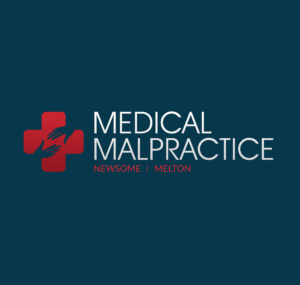Eye complications can affect patients of any age. Most people experience a lack of visual clarity as they grow older and a need for reading glasses becomes unavoidable. Others may be forced to wear glasses or contacts from early childhood. Regardless of the timing, clear vision is an important aspect of health. It can affect dexterity, balance, how the brain works, and personal quality of life.
Premature Birth and Eye Disease
When an infant is born very early, there are certain body parts that have not had enough time in the womb to fully grow. Instances of premature babies, or “preemies,” born with abnormal eye development are common. The biggest contributing factor to saving their eye sight is how quickly treatment begins.
Retinopathy is an atypical growth of blood vessels in the eye. It appears in up to 16,000 preterm births in America every year. Hundreds of infants are blinded as a result. A study conducted by the National Eye Institute found that early surgery reduced the likelihood of poor vision by 25% or more. The study specified that, for babies born at 23 to 28 weeks of their gestational period, the surgery should ideally be performed at what would have been their 35th gestational week.
Glaucoma
Glaucoma is a cloudiness of vision, usually due to ocular hypertension in adults. It involves nerve damage and loss of retinal ganglion cells in characteristic patterns. The two main types are open-angle and closed-angle glaucoma. Open-angle glaucoma is a very slow process and can be difficult to identify in its earliest stages. It accounts for more than 90% of all glaucoma cases in the United States and can lead to blindness if left untreated.
There are several types of surgery to help glaucoma patients. The main purpose of these surgeries is to facilitate the release of excess aqueous humor from the eyes. This relieves the intraocular pressure causing the glaucoma. Depending on the success of the surgery, the patient may experience partial or almost complete relief of eye pressure. However, glaucoma eye surgery is not guaranteed to be a permanent fix.
Lasik Eye Surgery
Whether vision problems are new or old issues for a patient, Lasik eye surgery may help. It is a young type of refractive surgery that can give many patients near 20/20 vision. This outpatient procedure is commonly used for correcting hyperopia, myopia, and astigmatism. Lasik eye surgery reshapes the corneas of the eye to sharpen a patient’s vision.
Despite the immense benefits that Lasik eye surgery can offer, there are also serious risks involved. Since it is a new procedure, studies are still being conducted to minimize error and perfect the surgical process. Some post-surgery patients experience halos around lights, starbursts, cloudiness, dry eyes, and poor night vision. None of these symptoms are correctable with glasses or contact lenses. It is imperative that a hopeful patient thoroughly consider the benefits and risks of such a new surgical procedure.
Sources:
Brody, Jane E. “PERSONAL HEALTH; Promise and Risks of Laser Eye Surgery.” New York Times 14 Sept. 1999. Academic OneFile. Web. 21 May 2012.
Ellin, Abby. “Lasik Surgery: When the Fine Print Applies to You.” New York Times 13 Mar. 2008: G3(L). Academic OneFile. Web. 21 May 2012.
Krader, Cheryl Guttman. “Data track refractive surgery trends: annual project: 2010 ASCRS survey shows laser vision correction volume, P-IOL surgery on the rise.” Ophthalmology Times 15 May 2011: 30+. Academic OneFile. Web. 21 May 2012.
“Treat preemie eye disease early.” Prevention Aug. 2004: 126. Academic OneFile. Web. 21 May 2012.
News Articles

The Law of Medical Malpractice in Utah: A Survey of Basic Considerations Utah medical malpractice law is among the most complex legal practice areas. The statutes, case law, and regulations governing medical malpractice law in Utah are highly technical. For instance, there are very strict and complicated filing deadlines that must be followed, or the injured
Read More
Jury Finds Pennsylvania Doctor and Hospital Negligent in 2012 Delivery; Family Awarded $14.5 Million Five years ago, Nicole Welker went into labor with her first child. She was rushed to the Penn Highlands Clearfield Hospital, located in western Pennsylvania, nervous, but excited to meet her son for the first time. During the delivery the attending
Read More